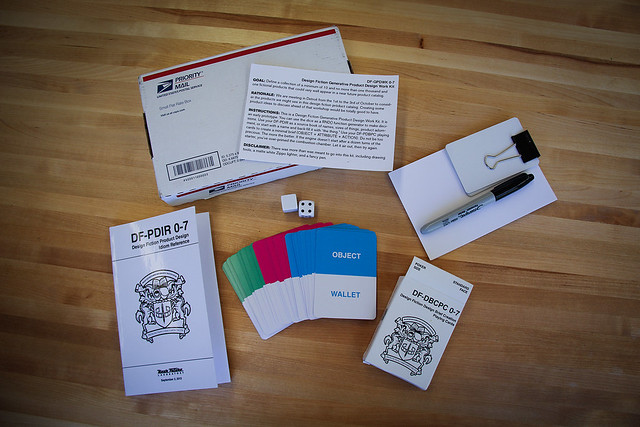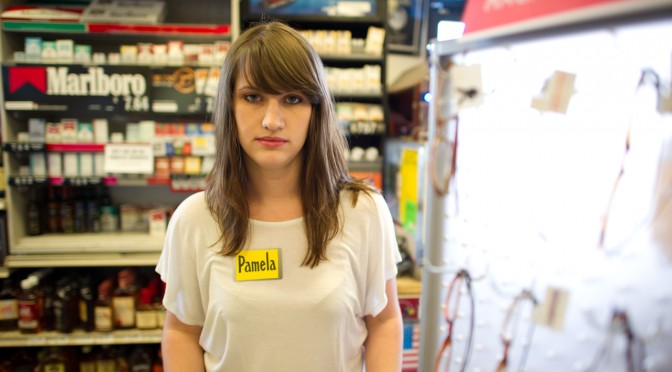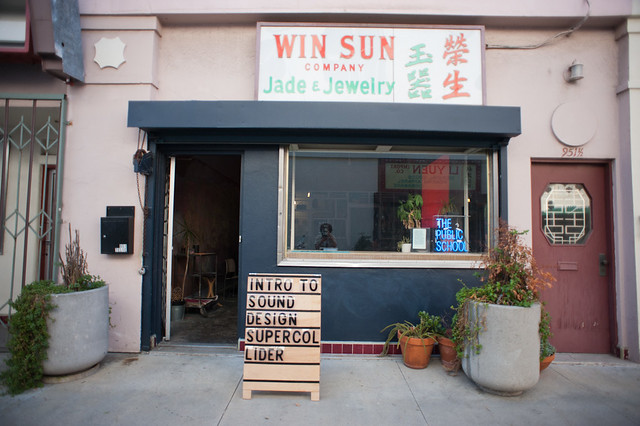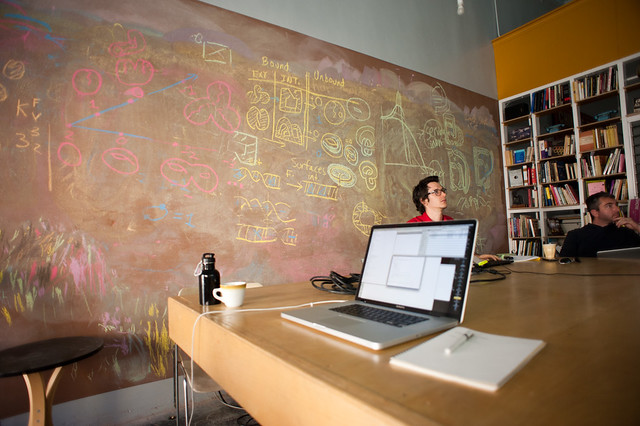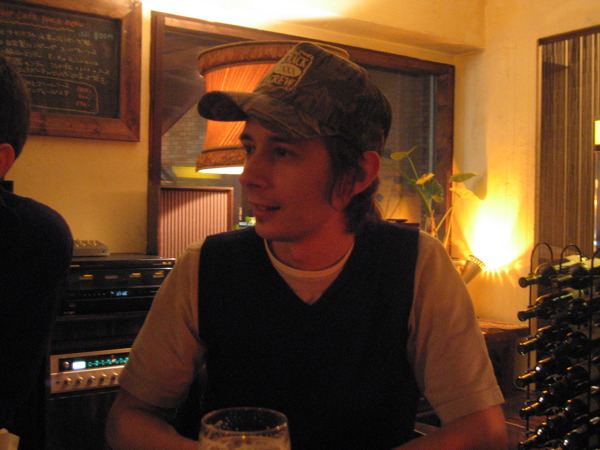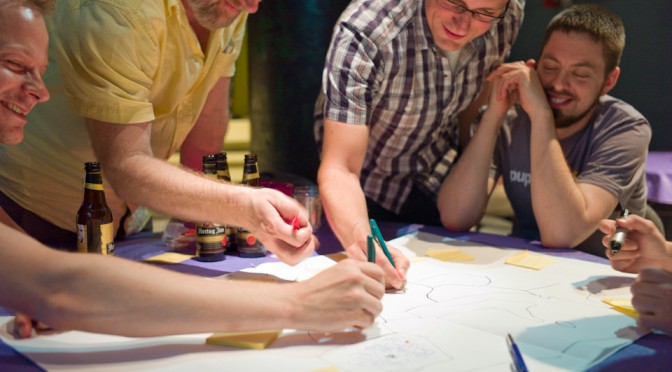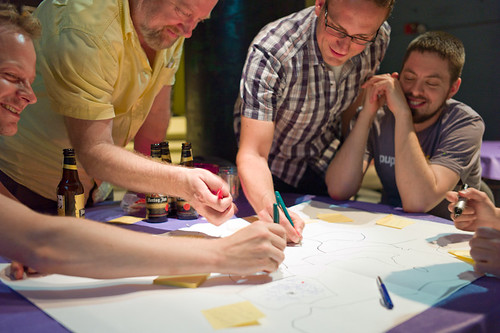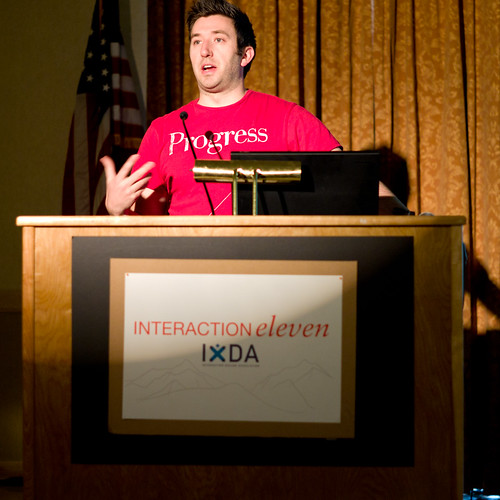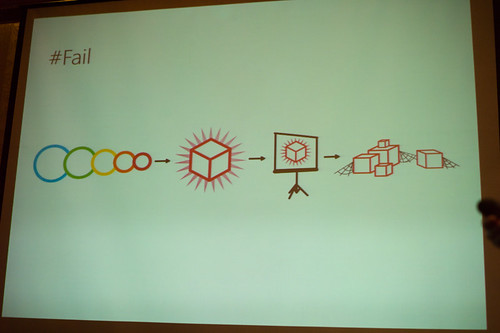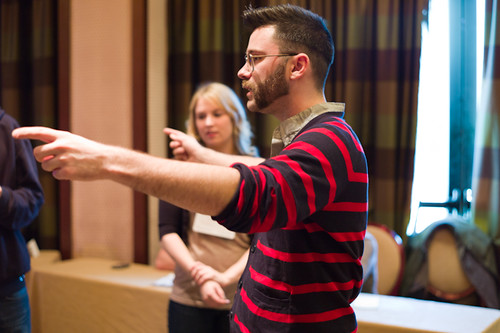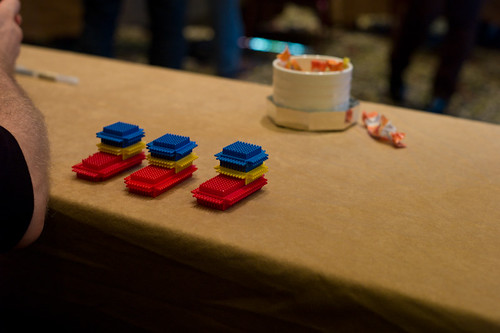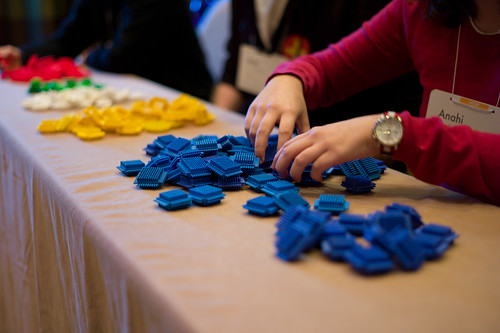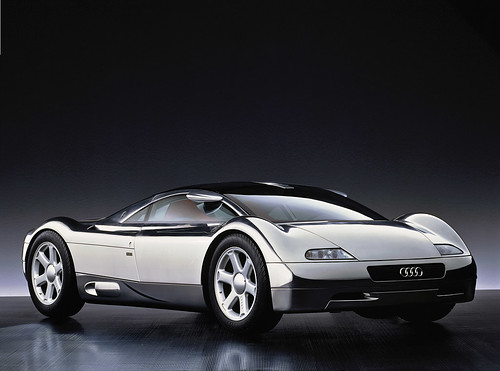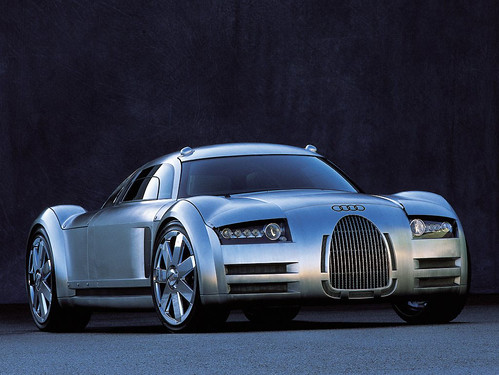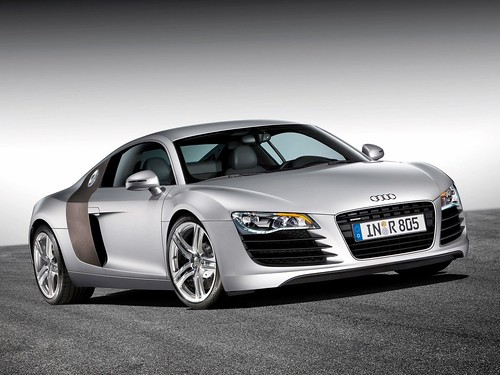As the name of our Laboratory implies, we’re very interested in the hands-on, pragmatic ways in which one can imagine and then create things from and for the near future. In that sense, we design products and the like. Stuff. We make stuff. They are just things from and for the near future. Which shouldn’t be a problem. They just need to be designed with care and a sensitivity to what futures we expect or would like. Then the opportunities for that stuff is revealed.
Over the years we’ve developed an approach and a sensibility for thinking about the near future. It’s an approach that is object-based in that we make things — call them products, sometimes software, sometimes other kinds of wares. It’s a sensibility that is infused with the quotidian and everyday almost to the point of the mundane, because ultimately everything trends towards that and things seem more real and “read” easier when they simply exist without fanfare and hype. And always our approach is provocative, as in provoking conversations and stories and drama about the near future.
A few months ago, I asked a small group of friends to meet me and my Laboratory cohort in Detroit at the beginning of October. I wanted time together with friends whose work shares something with the Laboratory’s way of making and thinking. I wanted time to be less yammer-y and more hammer-y. The goal was to participate in a three day workshop. We were to make something and Detroit seemed like an apropos place to make a future thing that is more everyday than the future imagined in Palo Alto. Plus, it’s about midway between Los Angeles and London, more or less and I wanted to make it easy for friends from other parts to come, on their own dime, and do some work.
The work of the workshop was to make a Design Fiction product catalog using all the principles, approaches, tools and work kits that the Laboratory has gathered together over the years.
A bit of background, then.
When I first looked seriously at how science fiction shapes and informs the way we think about technology, it did not occur to me that one could do science fiction. Rather, one received it as packaged — in a book, a film, comic, a television series, etc.
Of course, I’d come to understand differently. When I wrote my dissertation and in subsequent projects, I came to realize that telling stories can happen in many ways besides novels and films. Objects can be evocative of stories — props and prototypes that our imagination begins to fill in with their reason for existing, their operation, their role.
In what I see as an addendum to that earlier work, pre-21st century work, I discussed the possibility that there’s a space for design-technology in between science fact and science fiction. The emphasis on technology-informed design is deliberate and its more a reflection of my own engineering background and interests than an attempt to cordon off other significant facets of design.
Design-technology makes sense in the idioms of science fact and science fiction so — here it is: Design Fiction is the deliberate and purposeful act of doing fiction through design. It’s telling stories by making things up, with an emphasis on “things” and their making.
So, this is what we did. With gracious support from the Penny W. Stamps School of Art and Design we all gathered together for a quite intensive three days of making things up. The brief was simple: make up a product catalog from the near future.
Christian came along and helped represent the work of the workshop with some fantastic video documentation which will become part of the documentation output. In the meantime, here’s the teaser.
TO BE DESIGNED (teaser) from svanes on Vimeo.
That’s it. Very Design Fiction-y. This is the catalog that some creative agency might gin up as a prop to sit on a living room end table and barely get a moment of screen time in some science-fiction film. But, it’d be true to itself, rather than stuffed full of blank pages to make it puff up a bit and look tangible. Someone would take the brief seriously and fill it with things-that-could-be.
And so we did that — we made a Design Fiction product catalog. Something from the near future.
Why a product catalog?
The product catalog serves as a reification of the needs, wants, desires, ambitions, fears of people as decanted into made products and provided services. And it’s an everyday, tangible thing to which most anyone can relate and comprehend.
With a product catalog, there is no need to be explicit, didactic or theoretical about the characteristics of the world at some unspecified moment in the near future. The products in the catalog serve as stand-ins and props that are representative of the everyday drama implicit in their existence. You can imply quite a bit with this form. The product catalog begins an evocative conversation with the everyday of some near future world.
Our rough working model was the SkyMall catalog for its outlandish everyday-ness. Skymall is a reminder that the world and its perceived needs, deficits and dreams has an extreme diversity. We had many other catalogs as reference points, too. Everything from the canonically yellow, talmudic McMaster-Carr to Hammacher-Schlemmer to specialty hunting outfitters and archival Sears & Roebuck catalogs.
To readers of this blog, desire and need may be defined more by the considered and crafted high-order capitol-D Design products. Our approach was to be different. To be more everyday. To travel a bit further along the hype curve and a bit towards the 99 cents end of the long tail, where normal humans live.
At this end of the future product spectrum, we could season the products with a pinch of humor — specifically satire — in order to provide the necessary twinge of criticality that makes the catalog have different effects on the reader. Its more legible to a wider audience than a more pure critical theory approach to design. Humor is also more fun. And it also leads to many more probable near future products and services, in my opinion. Although we’re not trying to predict the future. We may be placing some side bets, though. Ultimately readers will find the catalog activates their imagination and I wouldn’t be the least bit surprised if its contents lead to actual, science fact products. (After all, the idea of Twitter is pretty hysterical even after its contributions to Green Revolutions and political take-downs. It’s more than a little bit of a satirical jab at our need to jabber. And don’t get me started about wheelie luggage. That must’ve seemed idiotic at first blush.)
For example, we sell a product — “Rejuvenating Ear Fresheners” — that is recommended by 4 out of 5 doctors for those who spend more than 70 hours per week in front of a screen. “Second Nature” re-engineers your food by neutralizing any GMOs with an easy spray application. “Armstrong” (“Pure Blood, Pure Focus”) home blood oxygenation kit relieves you from the burden — and danger — of breathing dust, pollen and toxin-laden air for up to three hours. “Carbon Rain” by Tactical Weather Systems provides extreme weather protection for your fight against big weather and is made of nanofibre ferrule and kevlar skin to protect you from El Nino events, acid rain, high-UV conditions, volcanic ash, &c.
And so on, like this, for 179 products.
We had three days and wanted a tangible outcome, so we collectively selected 30 to create a full product description — name, image, price, description, key-selling points and customer endorsements. With these we did a couple of iterations on an actual catalog that we could all gather around and discuss. Subsequently we’ll do the same for some significant portion of the remaining products and then produce and print the catalog, and figure out a good way to distribute it.
A few parenthetical notes.
Megan Mulholland who participated in the workshop did a wonderful write-up of the To Be Designed workshop itself. I could do no better so you may as well read what she wrote.
We made a prototype of a Design Fiction Work Kit that was sent out to participants in advance of the workshop. It was quite a good bit of fun to make. It was also meant to be a sort of back-up chute if we got stuck for ideas. That didn’t happen — 179 reasonably suitable product ideas in an afternoon — so we didn’t get to use the kit directly, although I do think it set the tone and mood of the workshop indirectly. I think with a bit of refinement and some additions, the work kit could be a fantastic tool for future TBD events.
Continue reading To Be Designed // Detroit // October 1-3
